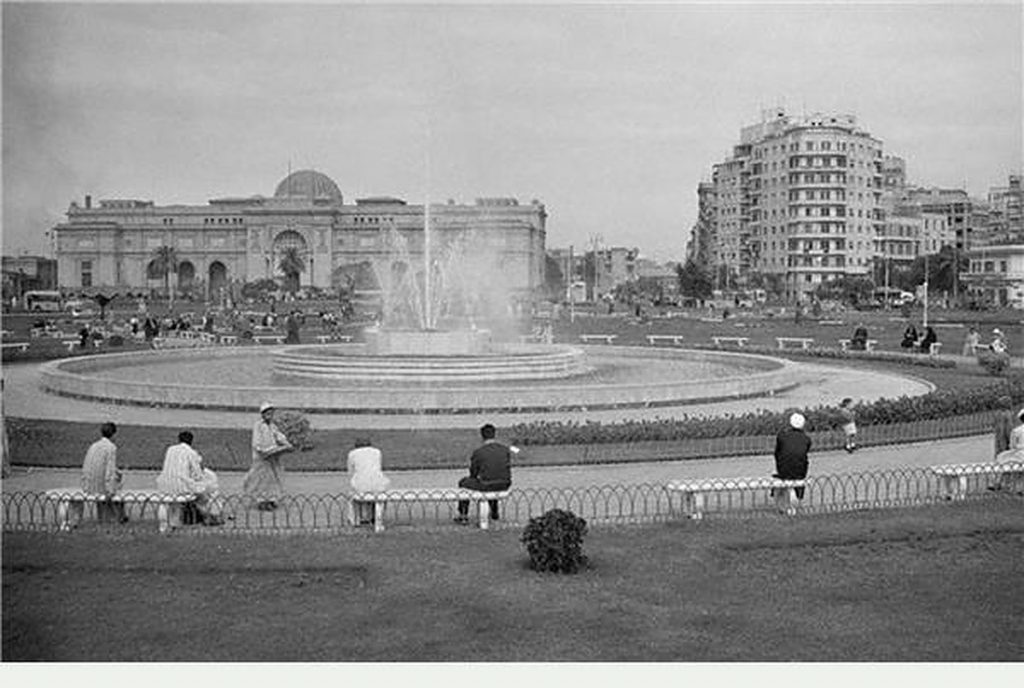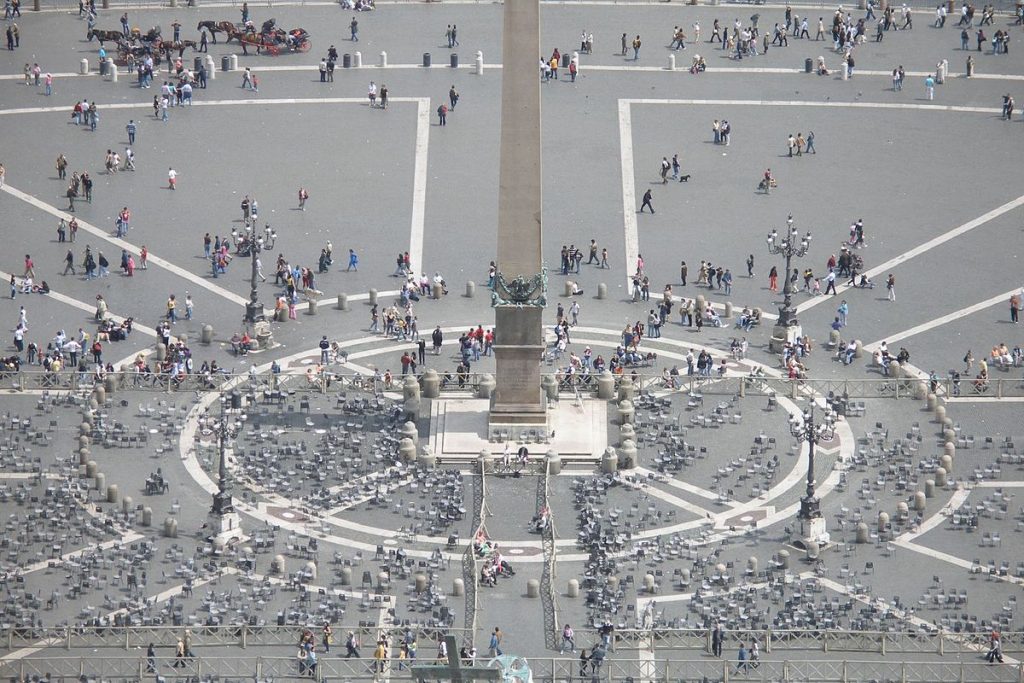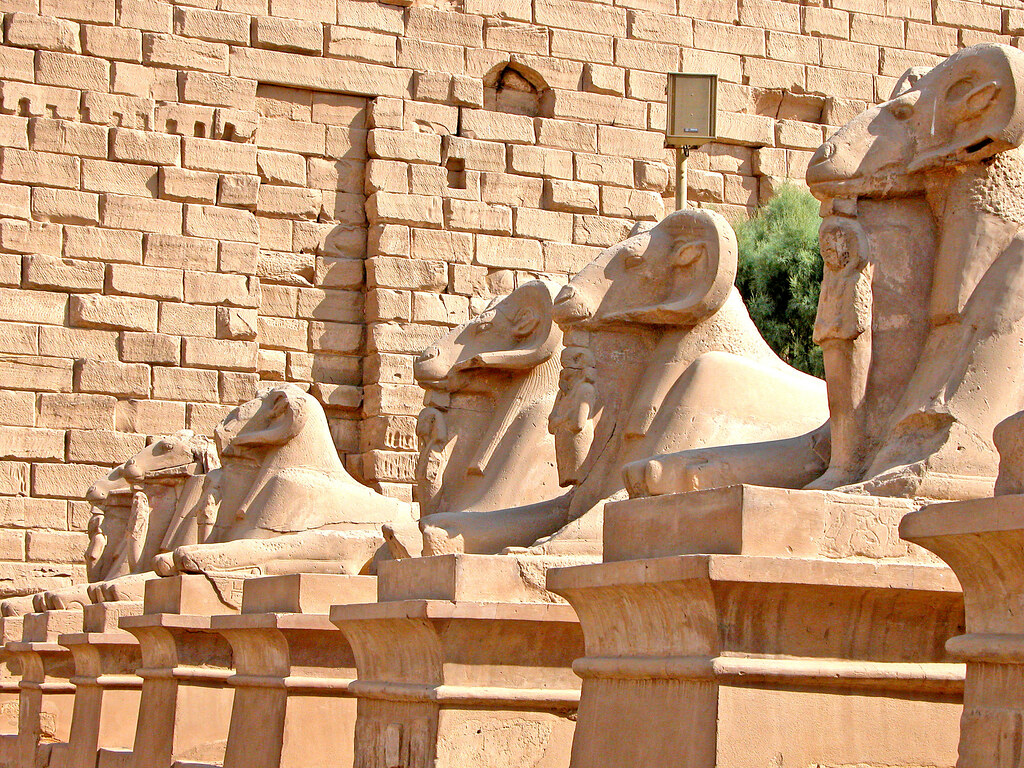
Chair of the Arab Regional Center for World Heritage, Shaikha Mai bint Mohammad Al Khalifa, has condemned the transfer of antiquities from Luxor’s temple to be resettled in Cairo’s Tahrir Square.
In a statement shared with local news outlet Cairo24, Al Khalifa’s said that “any amendment to a site of this importance must be preceded by consulting with the UNESCO World Heritage Center, submitting reports that evaluate the impact on the site itself, and other matters stipulated in the operational guidelines of the World Heritage Convention.”
As such, the chair also suggested for experts from the Center and Egypt to meet and find an alternative solution to the proposed plan.
At the end of December, a controversial decision was issued to move four ram sphinx statues from Luxor’s processional avenue, as well as an obelisk, to Tahrir Square. However, the decision was met with criticism from experts, MP Ahmed Idris and archeologists for the damage that might occur on the archeological remains.

“The sphinxes are made of sandstone, they are part of the dry environment in Luxor, when they would be moved to Tahrir Square with all the pollution, they will deteriorate as a result of the reactions with the carbon dioxide and carbon monoxide in the air,” Dr. Monica Hanna, a heritage expert, told The Associated Press.
Further criticism was on the fact that Tahrir Square played a vital role in the 2011 uprising where millions took to protesting against former president Mubarak. It is considered a public square, with a political connotation, and unfit as a ground for preserving antiquities openly.
In response, Egypt’s Tourism and Antiquities Minister Khaled El-Enany defended the decision, as per Al Ahram, noting that the four ram-headed sphinxes are not part of the landmark ones placed at the front of the temple, and adding that, “When we go to European capitals like Rome or Paris or London, we see that they use Egyptian obelisks in decorating their major tourist squares, so why do we not do the same?”

Al Khalifa, who is also President of the Bahrain Authority for Culture and Antiquities, highlighted Egypt’s commitment to 1964 International Charter for the Conservation and Restoration of monuments and Sites which is meant at preserving heritage worldwide, in her statement directed at Egypt’s Ministry of Tourism and Antiquities.
The charter’s article 7 clearly states “A monument is inseparable from the history to which it bears witness and from the setting in which it occurs. The moving of all or part of a monument cannot be allowed except where the safeguarding of that monument demands it or where it is justified by national or international interest of paramount importance.”
As such, the Arab Regional Centre for World Heritage (ARC-WH)’s position, channeled through Al Khalifa, is meant to preserve the integrity of this site and the implementation of the 1972 World Heritage Convention in Arab States region.
ARC-WH is a Category 2 Centre and non-profit organization under the auspices of UNESCO.
All of Thebes, the ancient Egyptian name for Luxor, was inscribed in the UNESCO World Heritage List in 1979; this includes the temples of Karnak and Luxor as well as the Valley of the Kings and Queens.
Featured image courtesy of Flickr/ Archer






Comment (1)
[…] Ciertamente el uso antigüedades extraídas de sus emplazamiento original resulta injustificable en tiempos modernos, más aún cuando ese traslado puede afectar a la conservación de esas antigüedades e implicando, además, su descontextualización. Algunos portavoces de la UNESCO han expresado también su desaprobación. […]